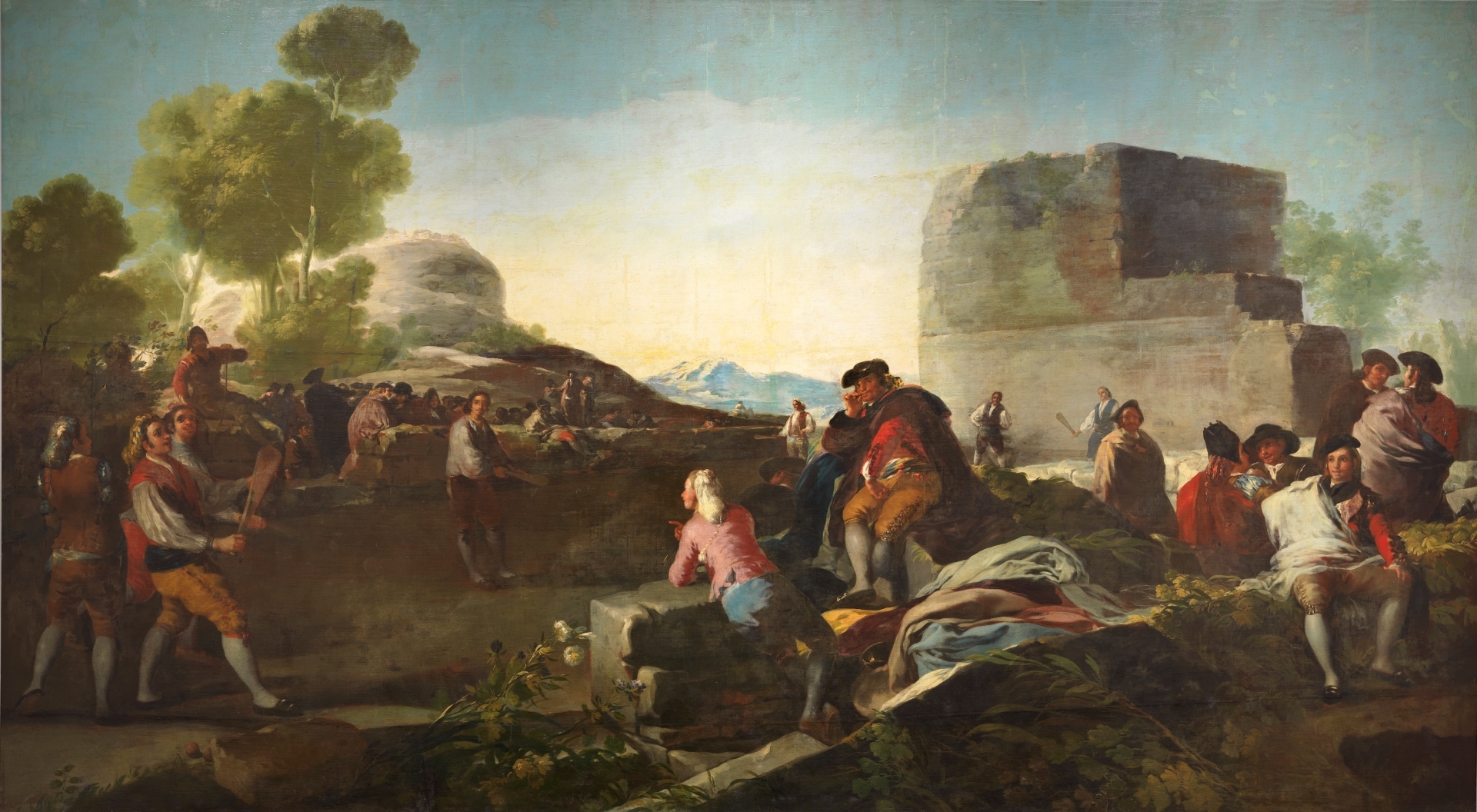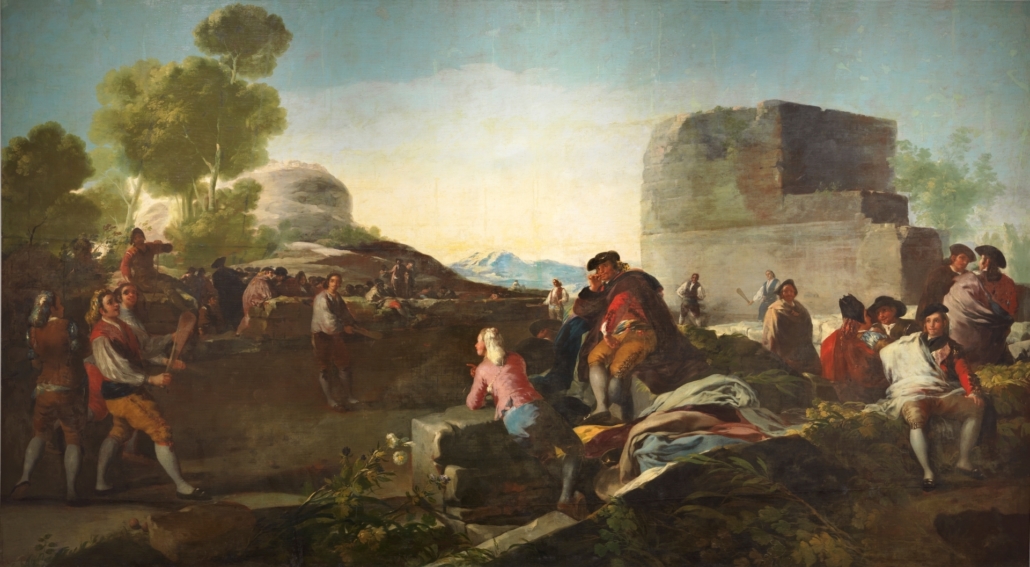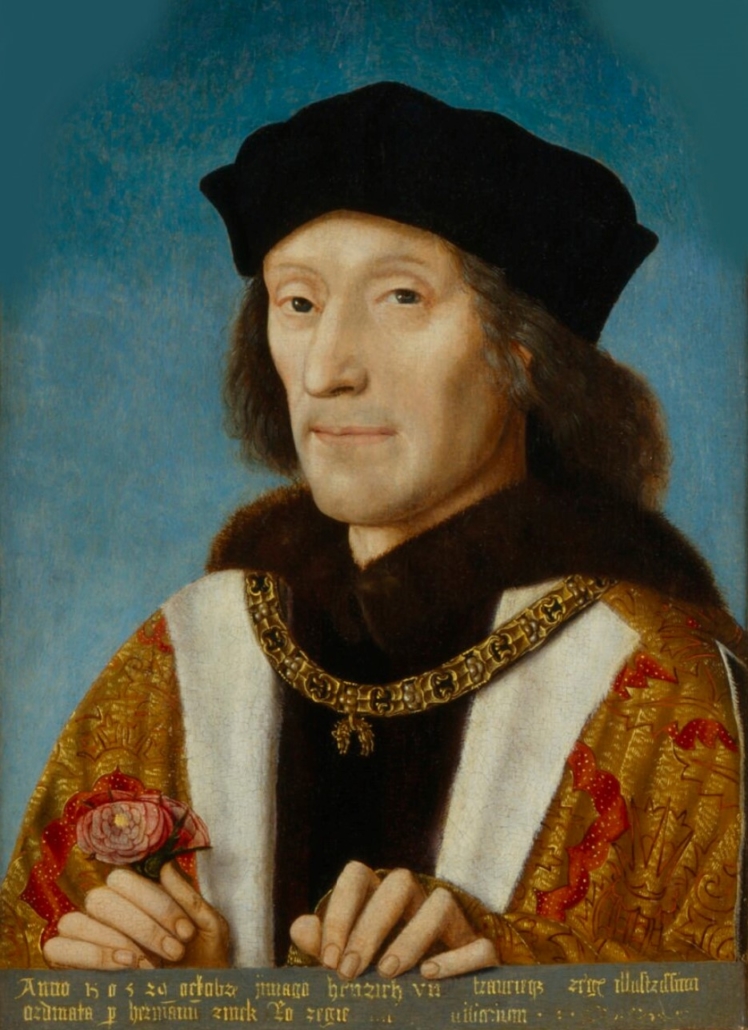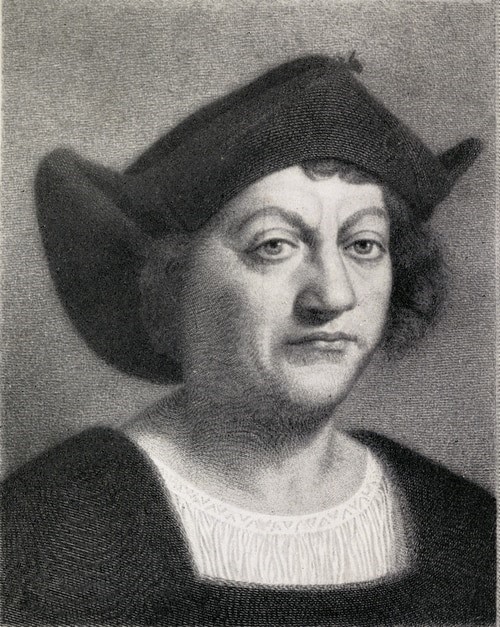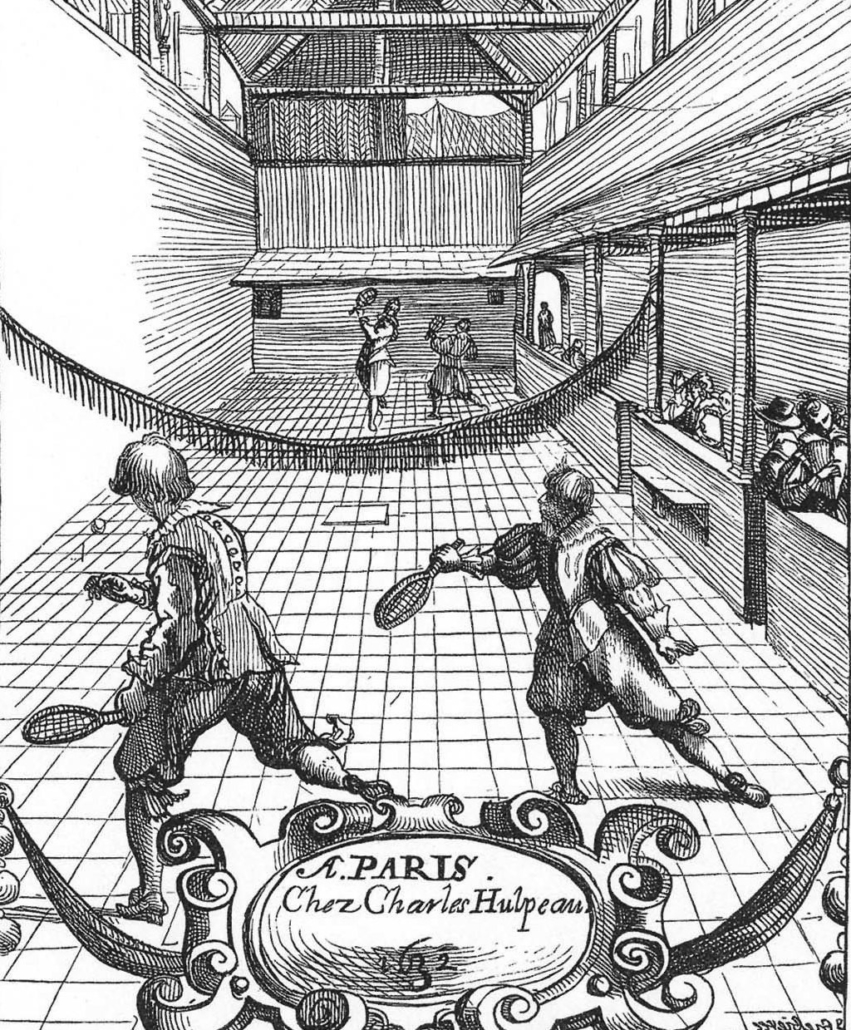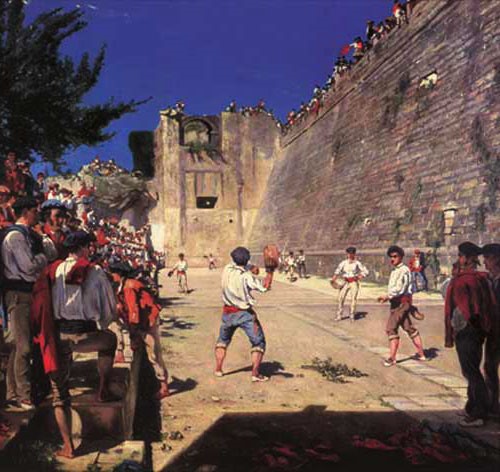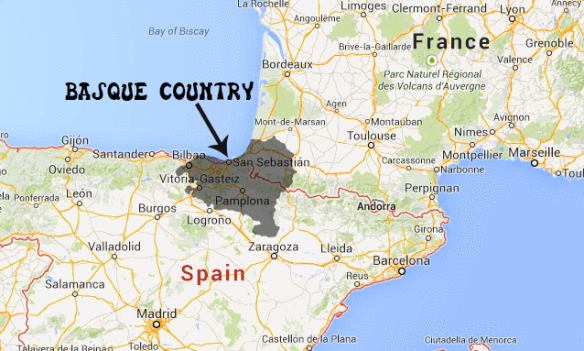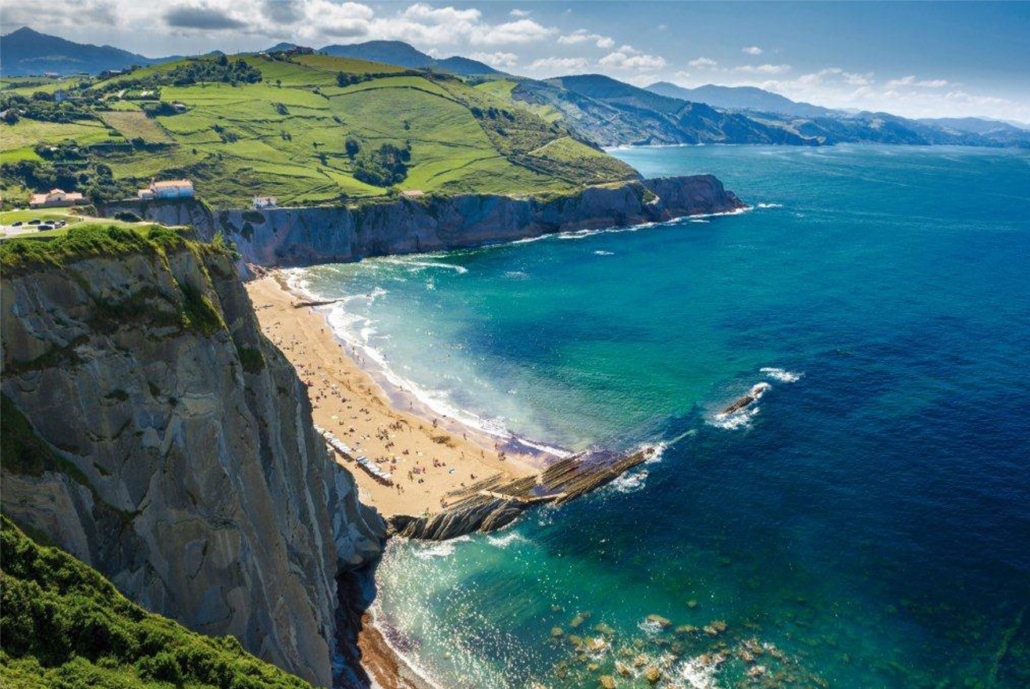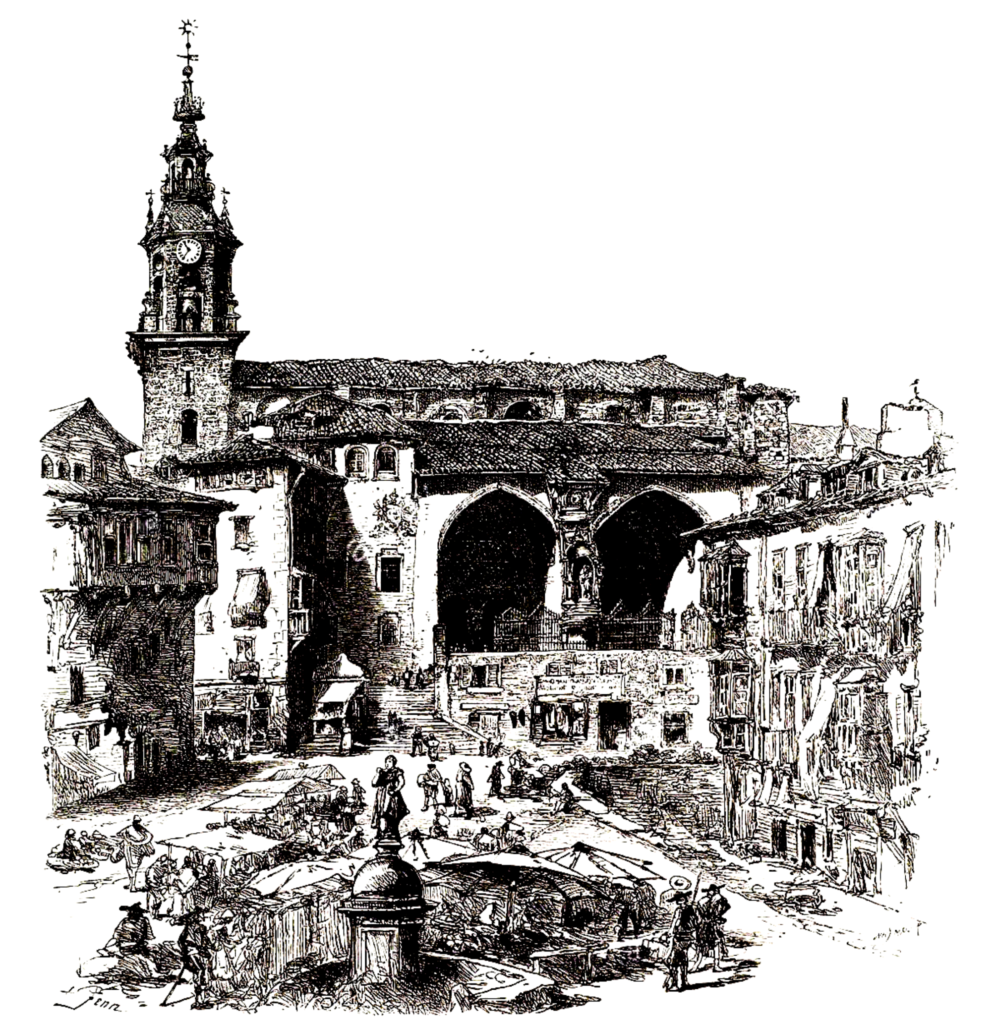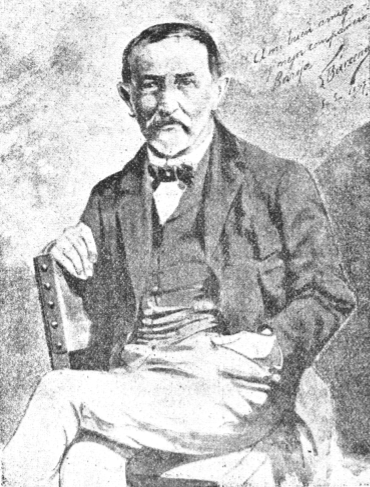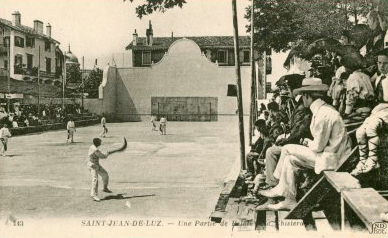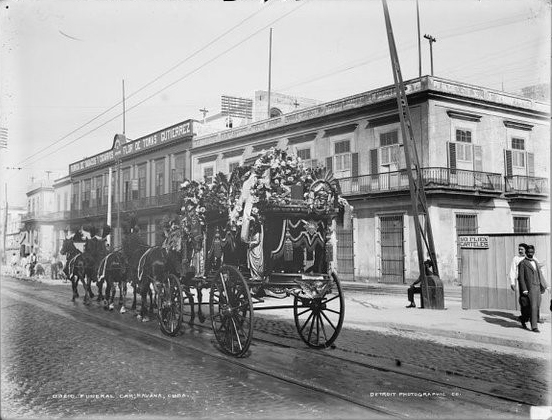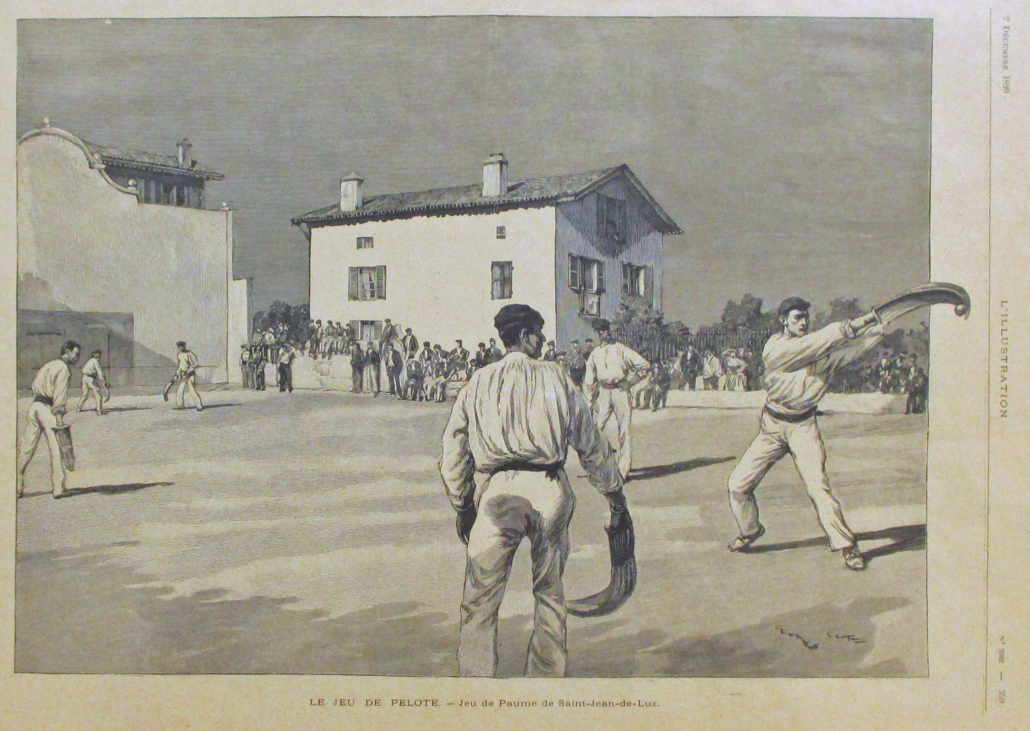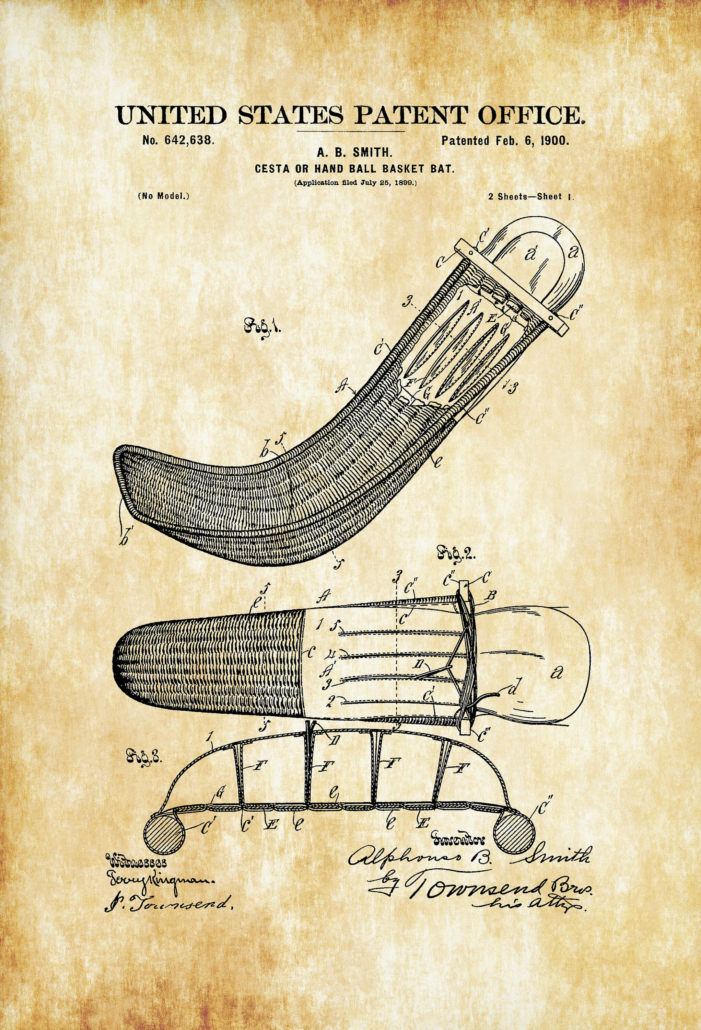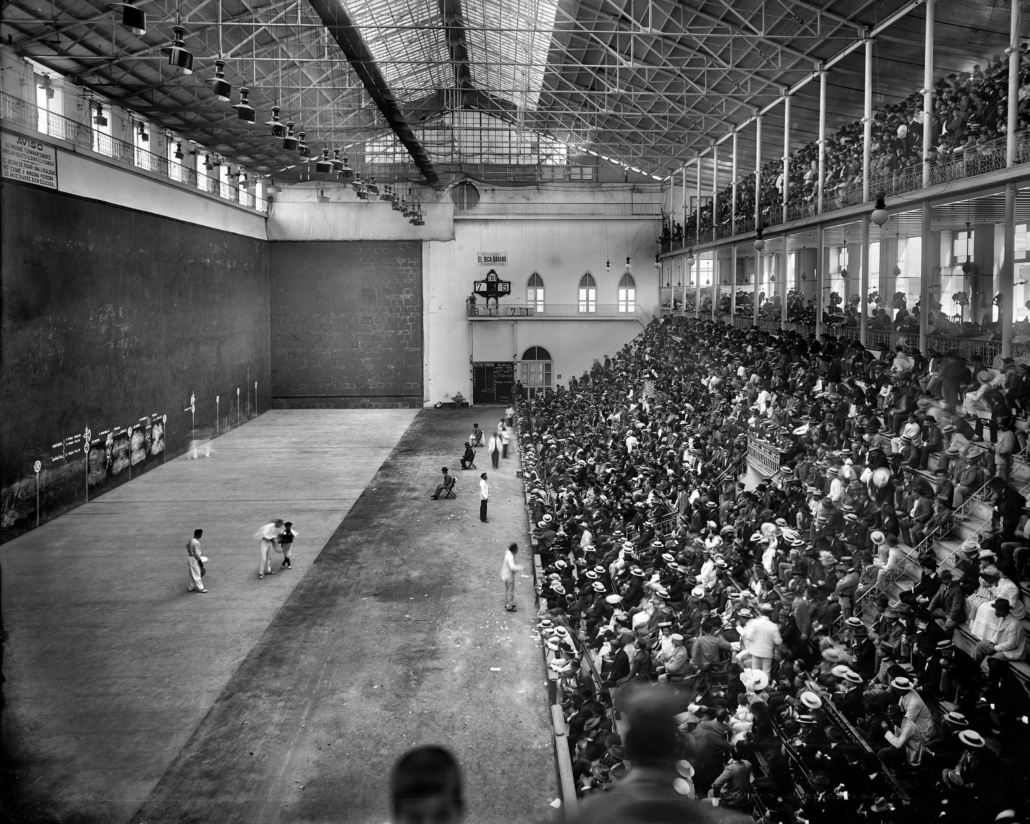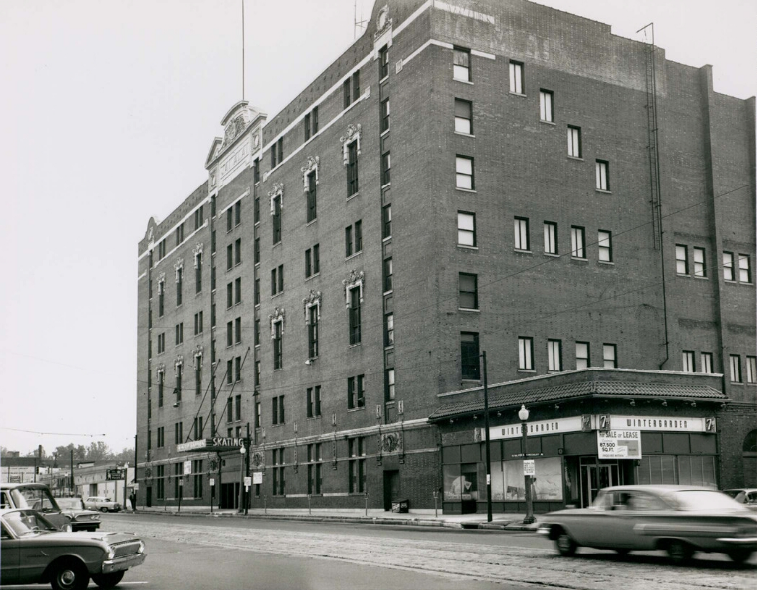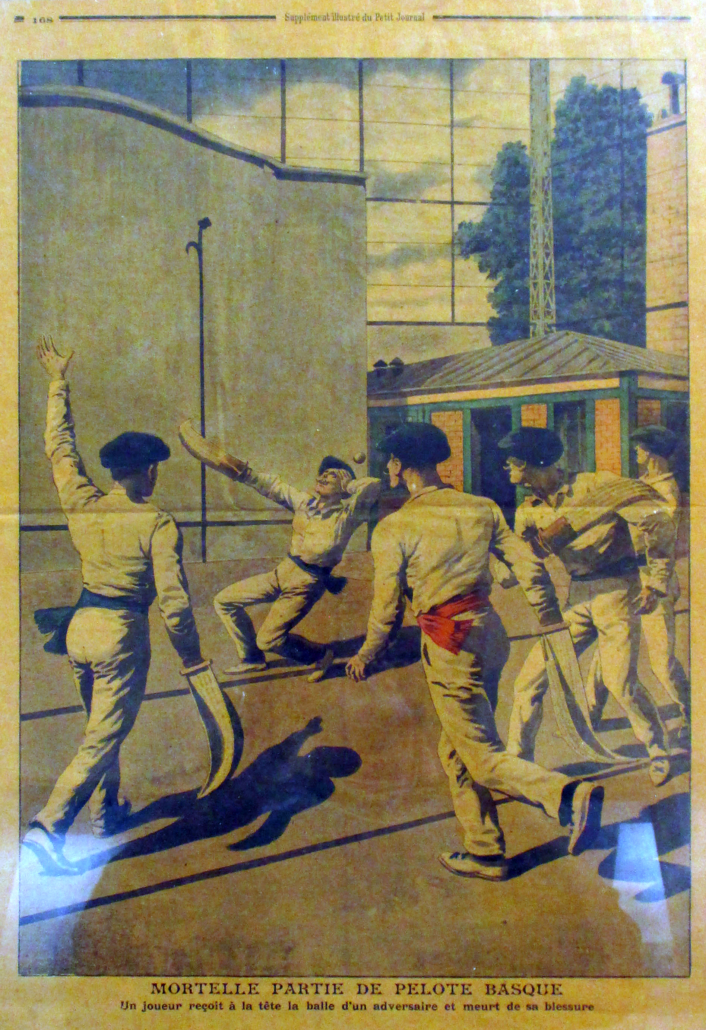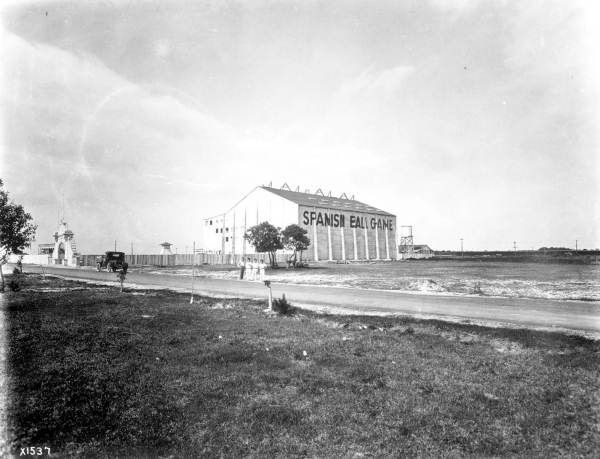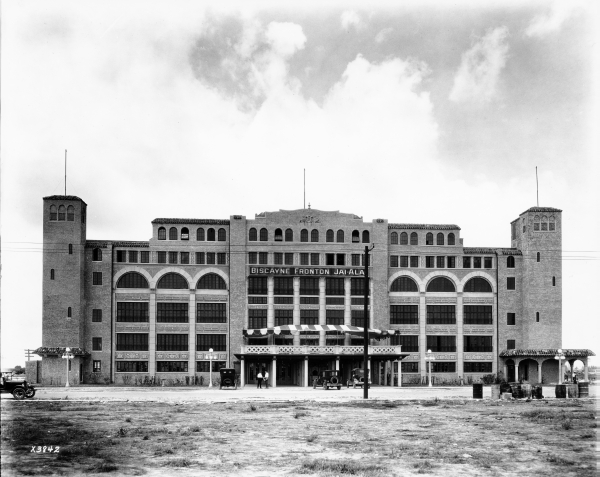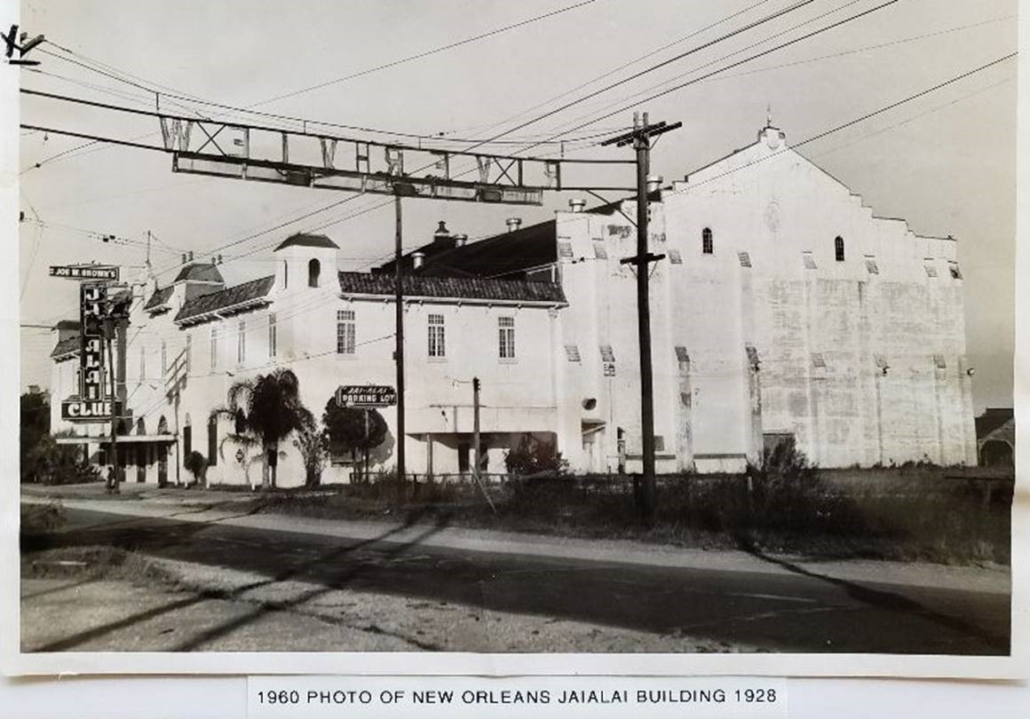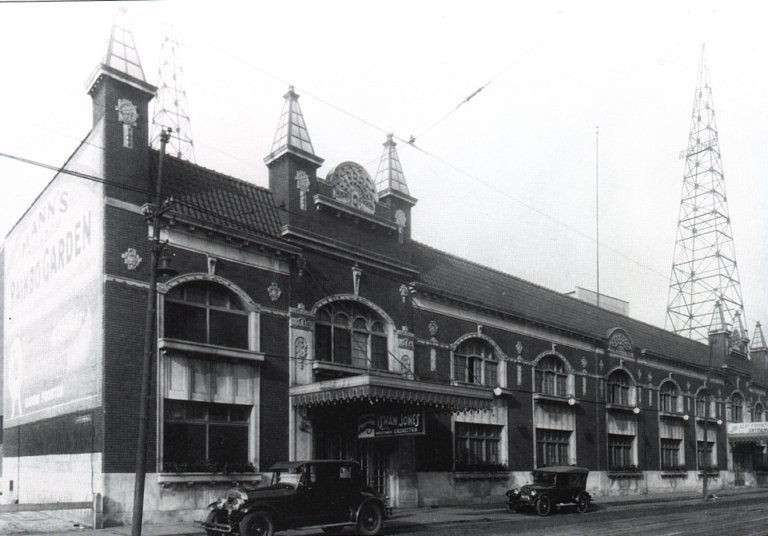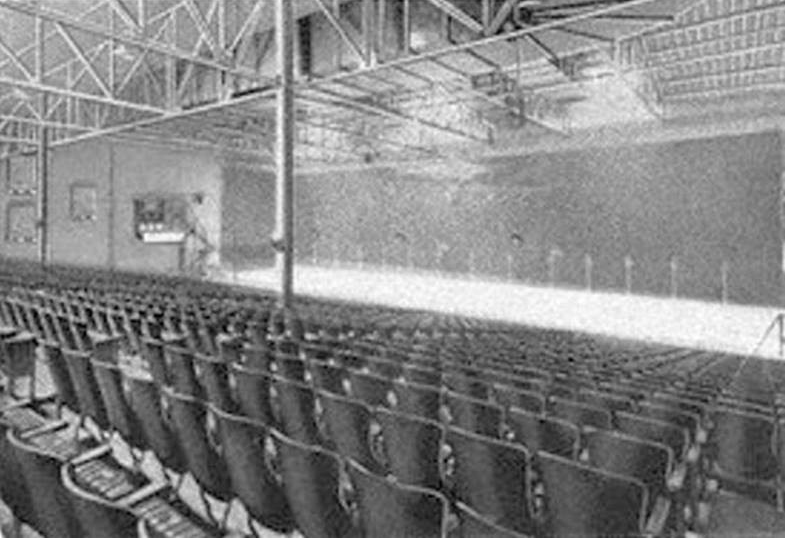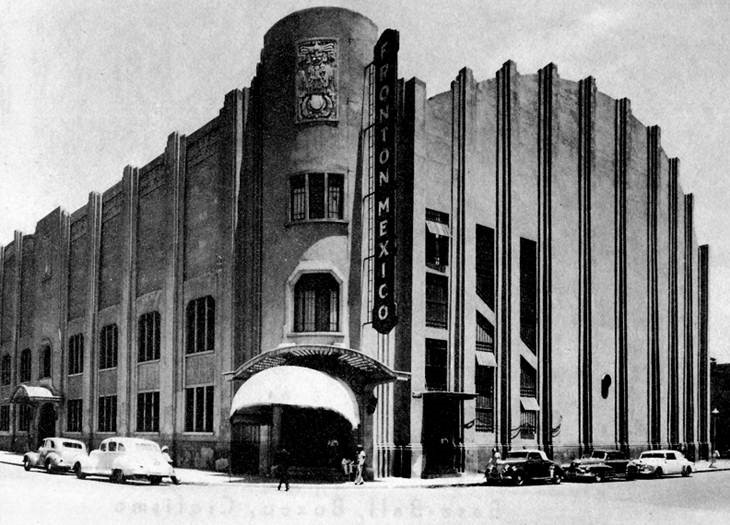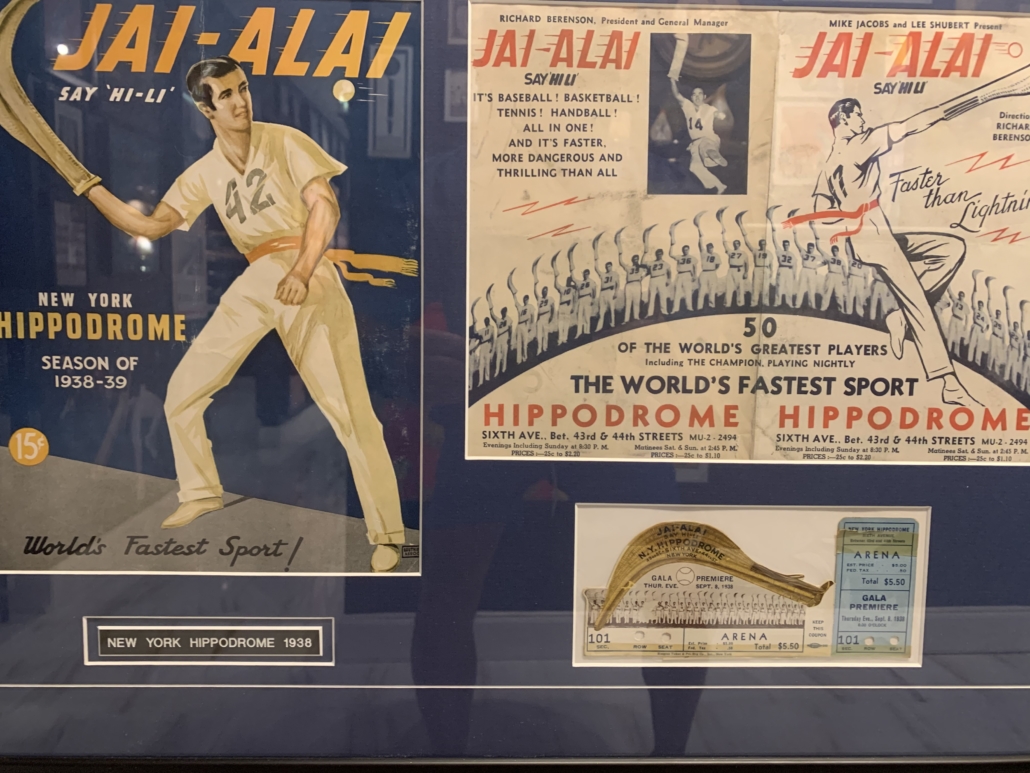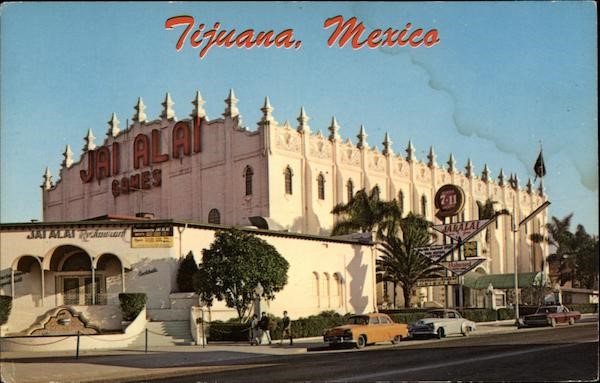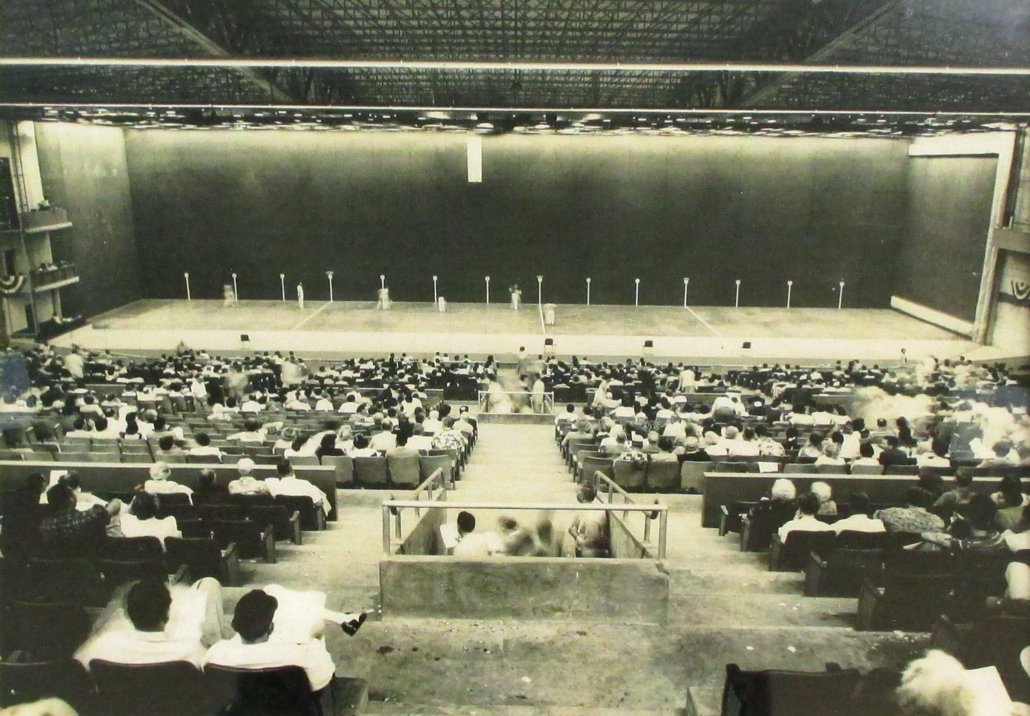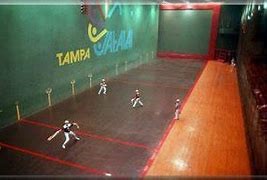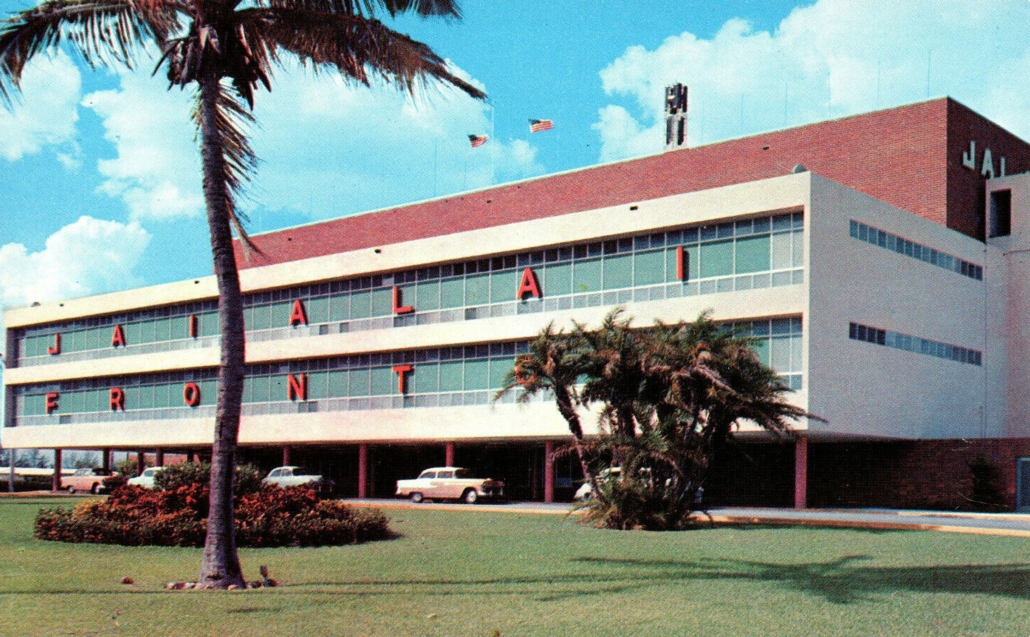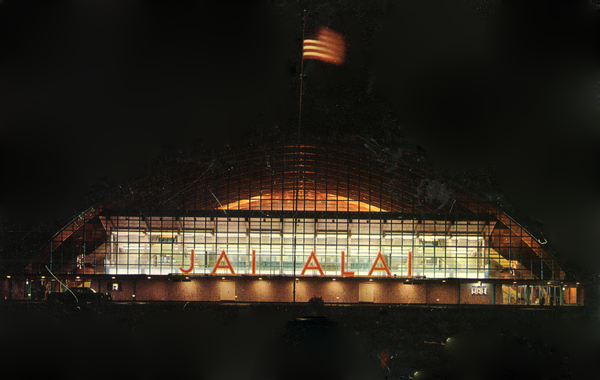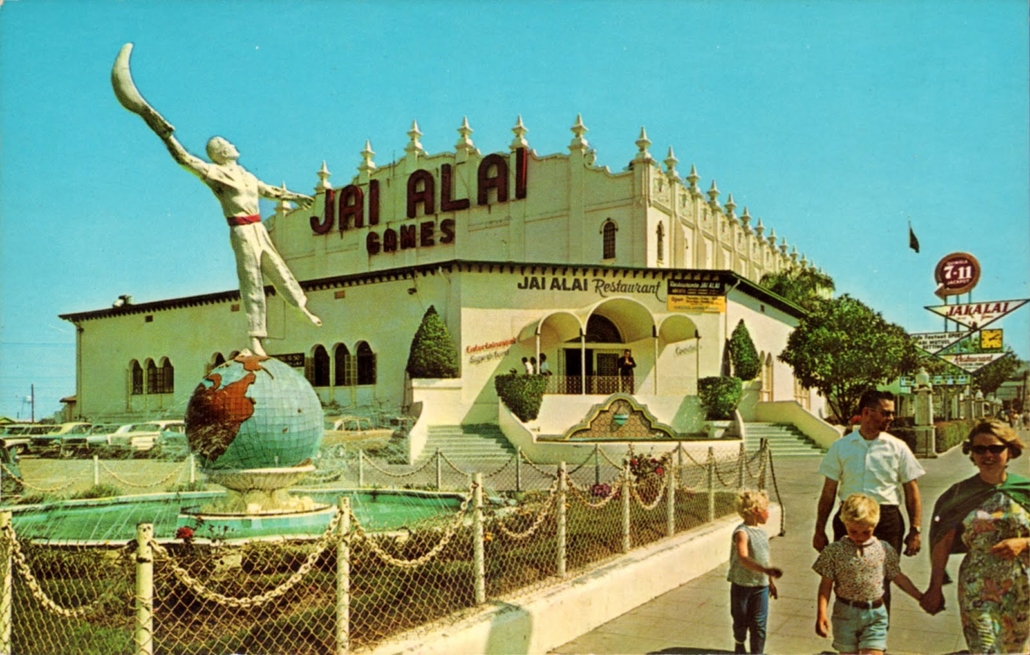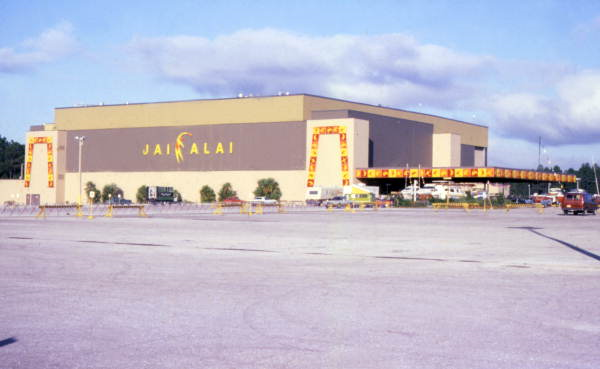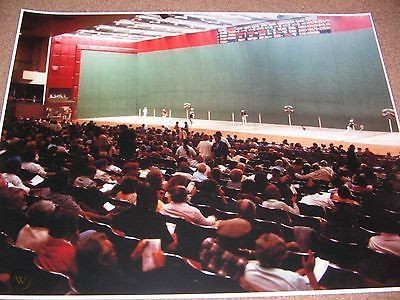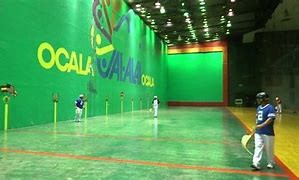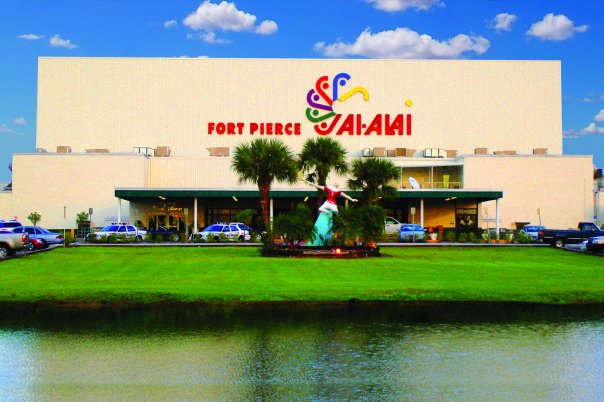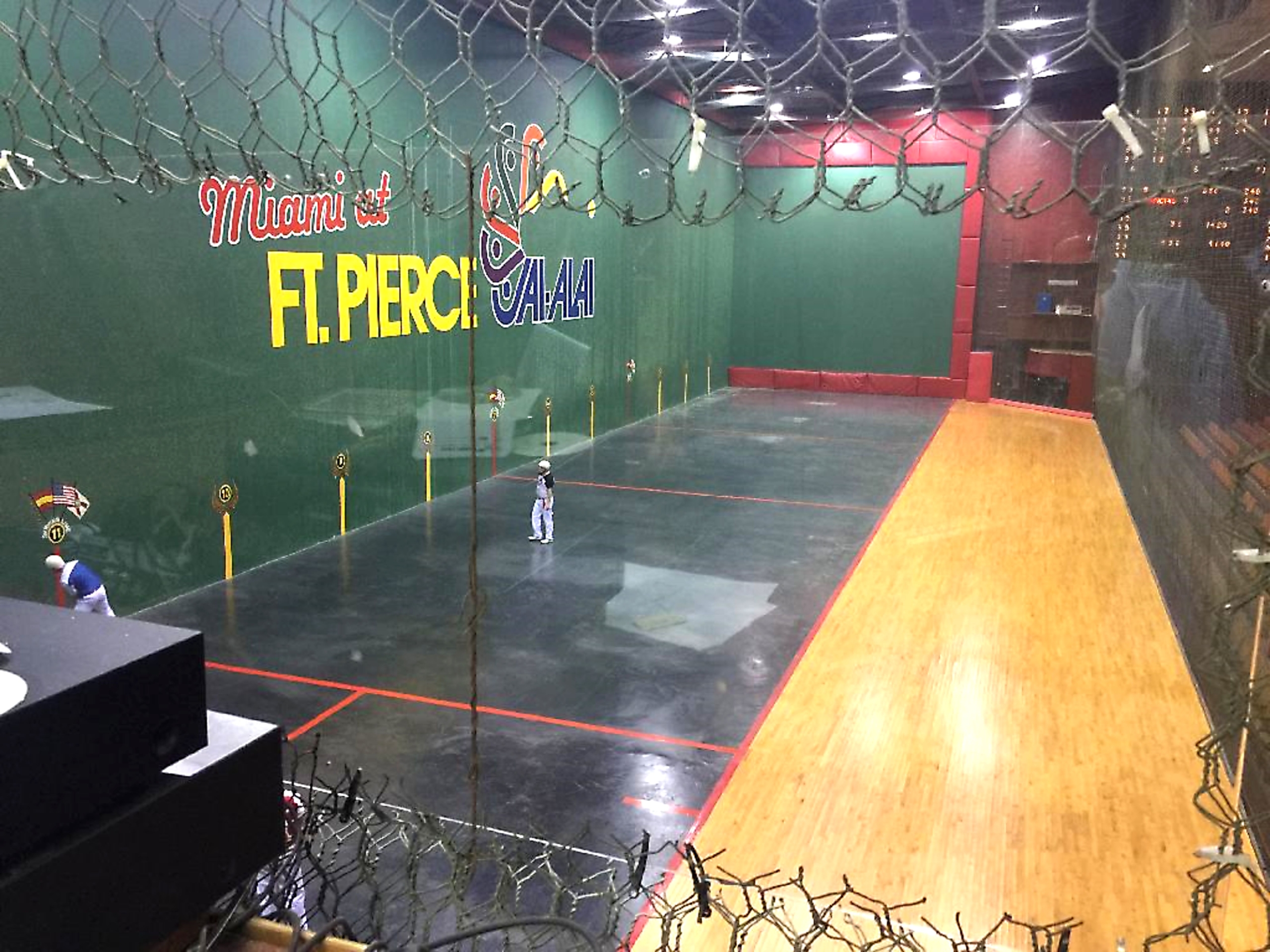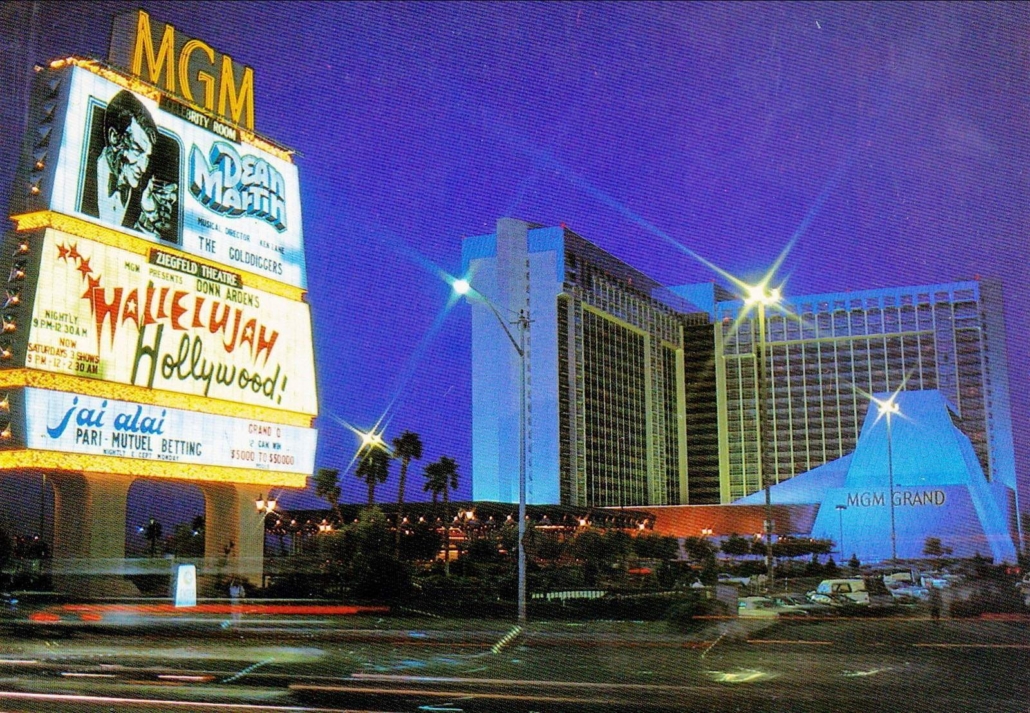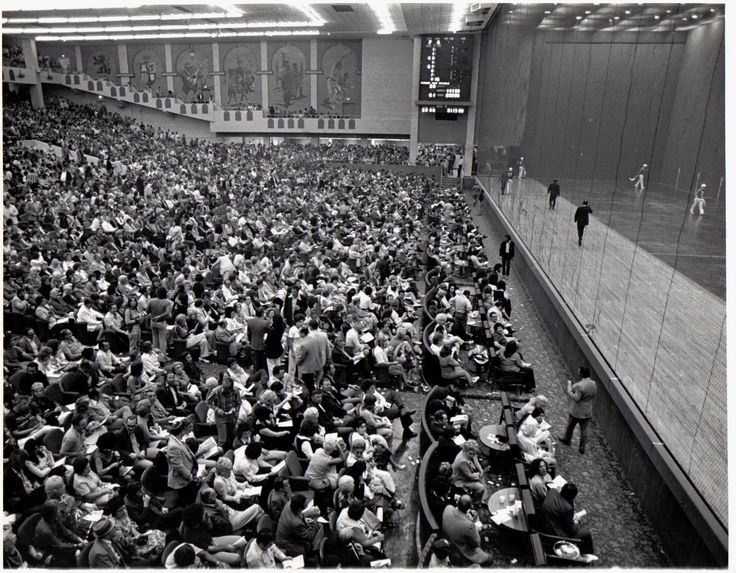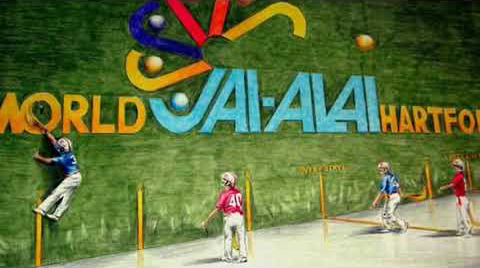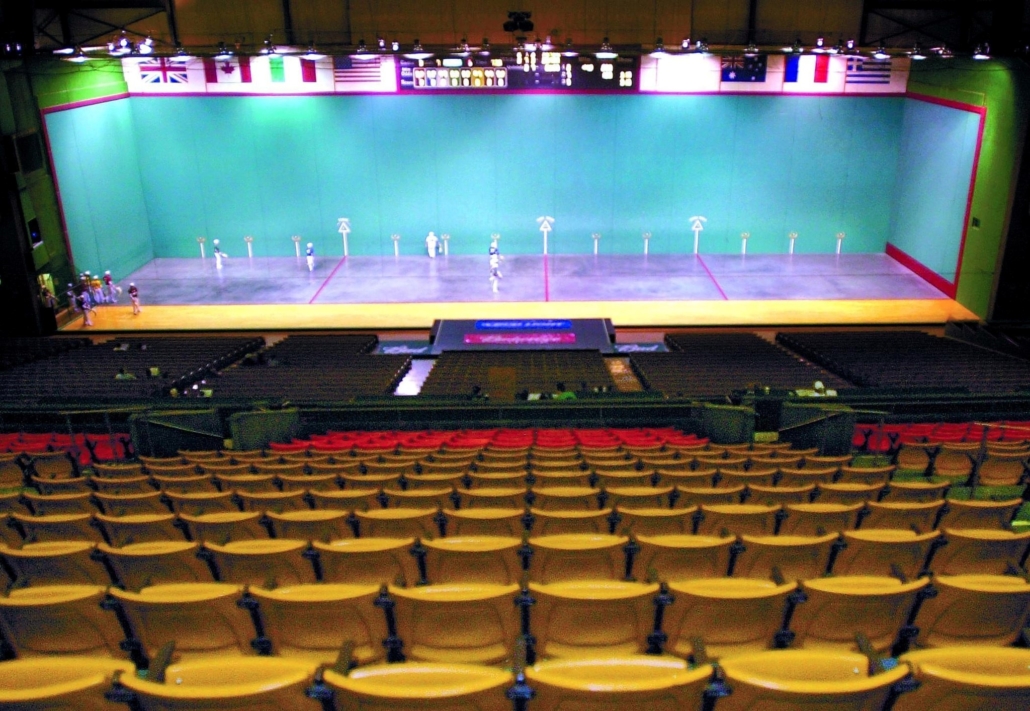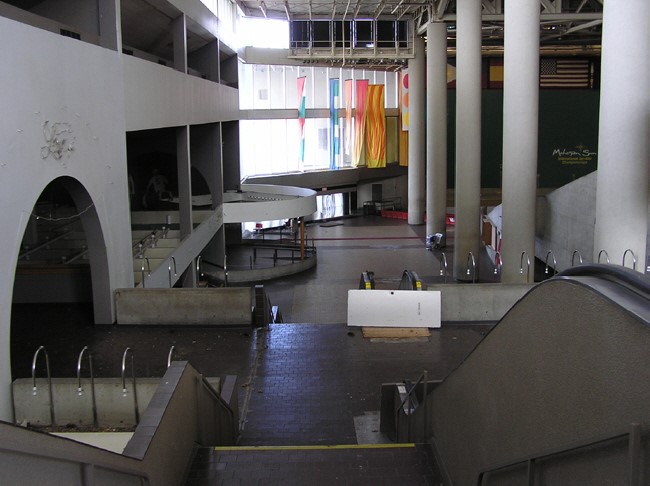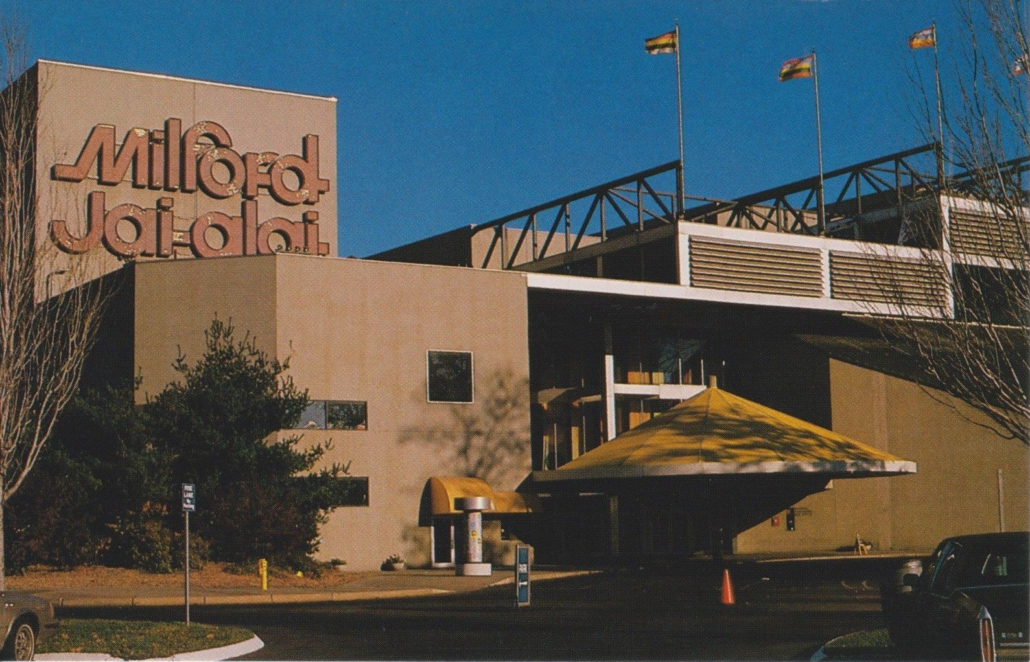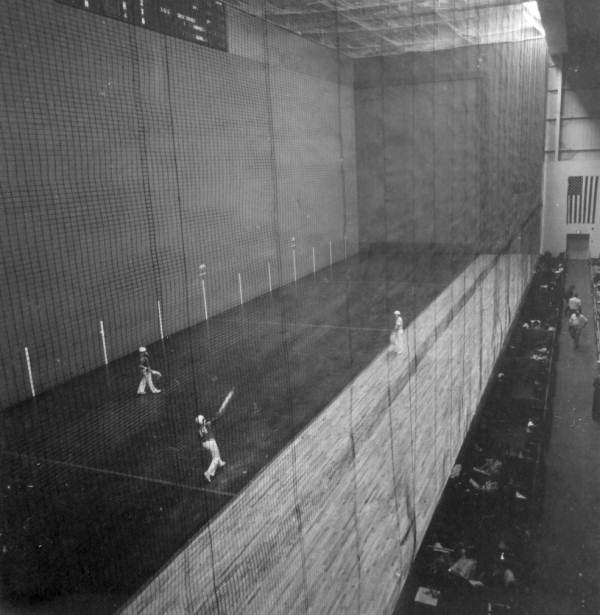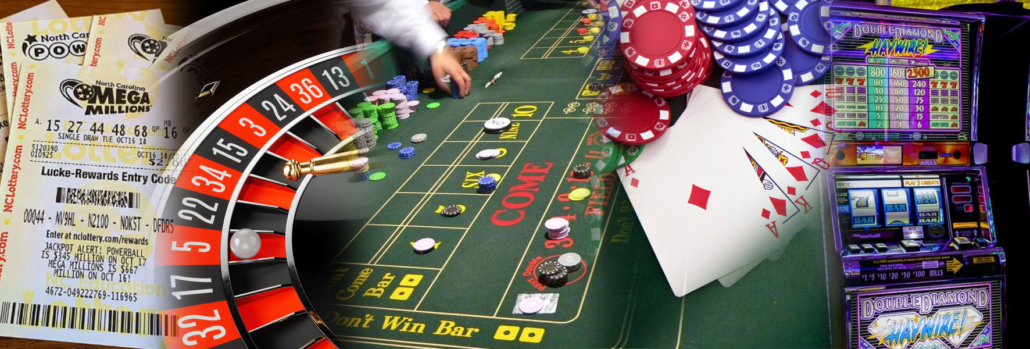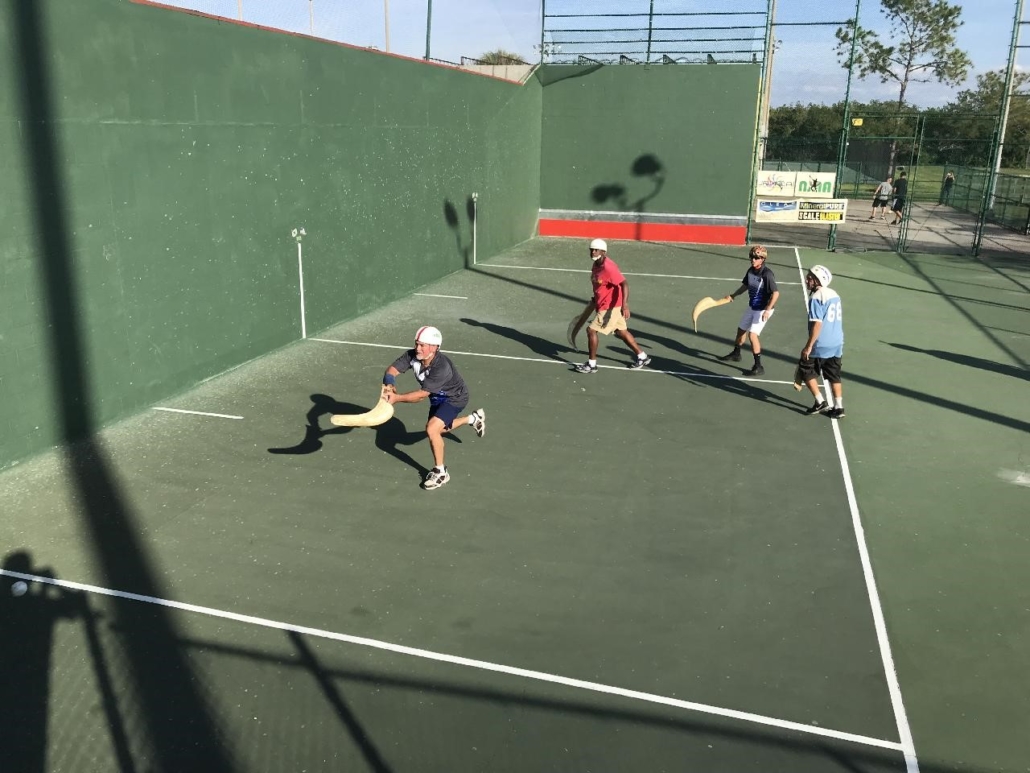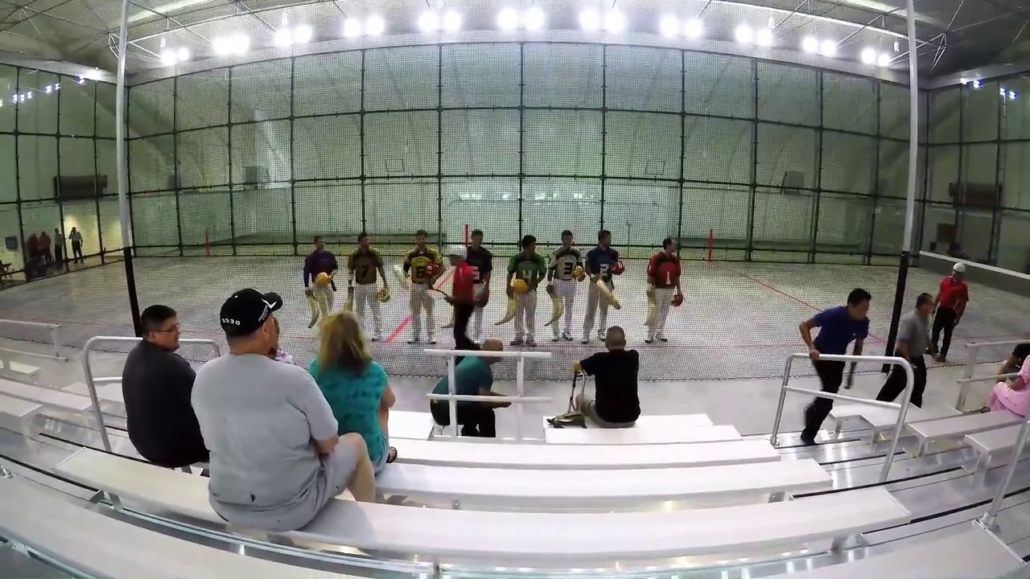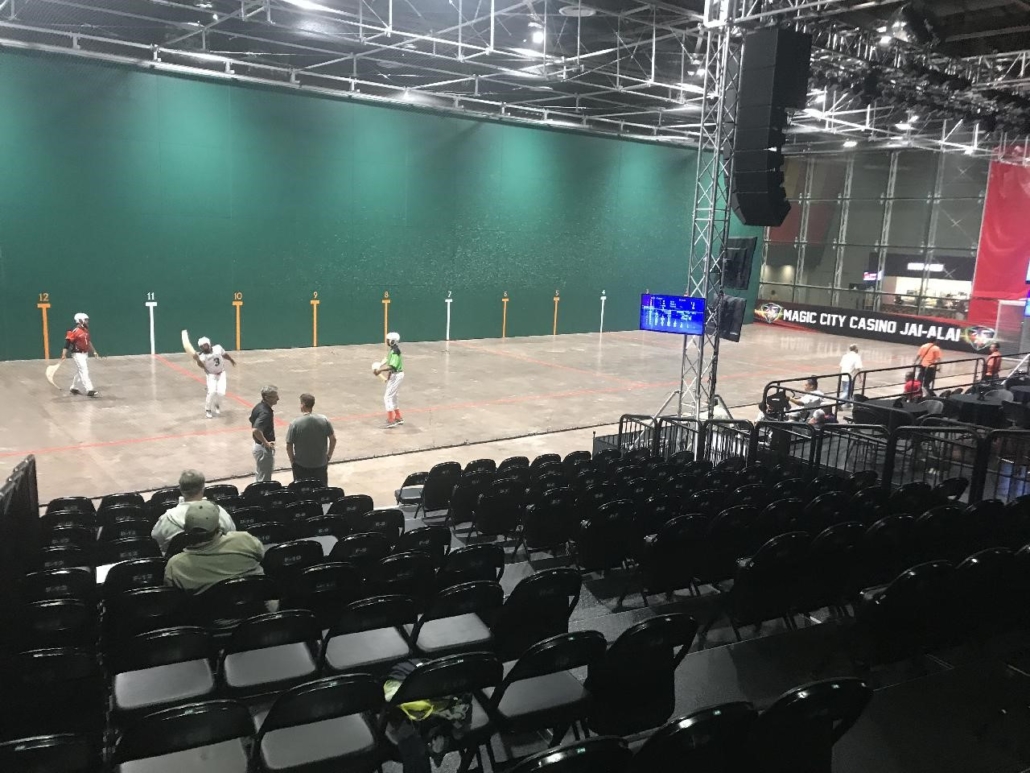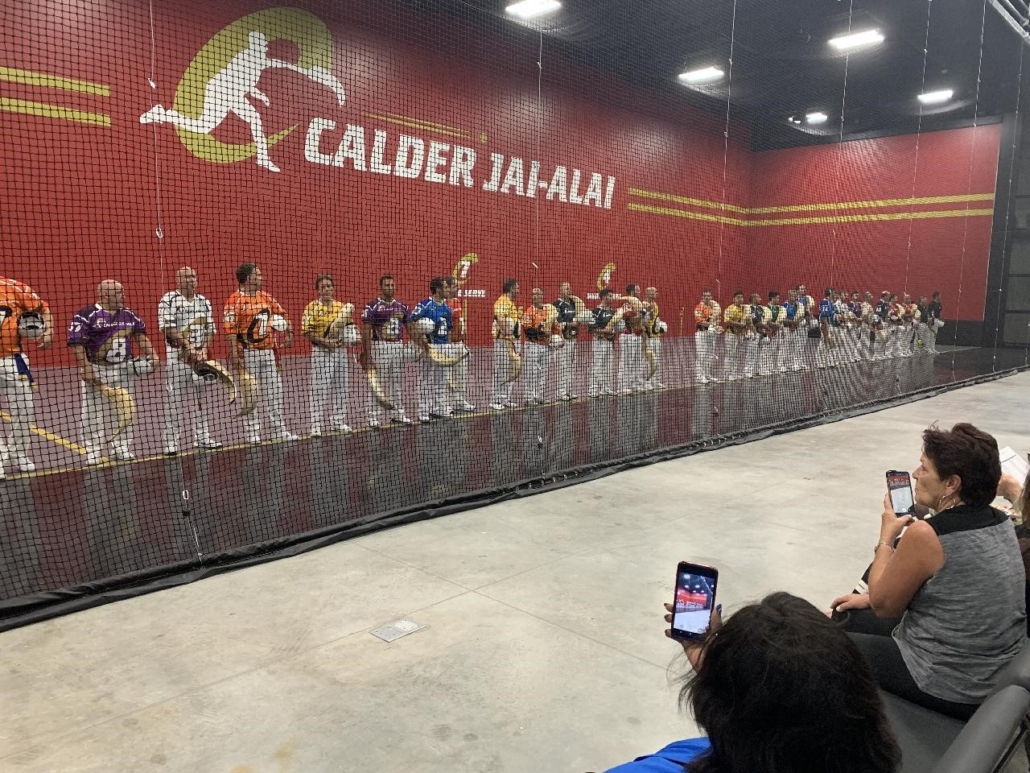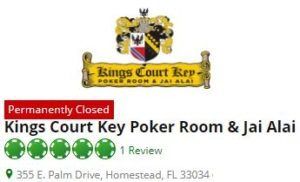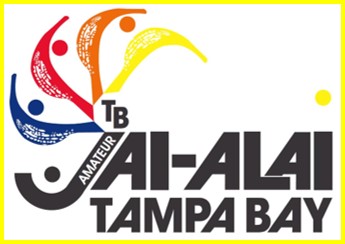“The lottery and casino gambling were the main contributors to the demise of Jai-alai”
The International Jai-alai Players Association was formed (IJAPA) and on April 14, 1988, a majority of the Jai-alai players in Florida and Connecticut went on strike. The timing could not have been worse. Twelve days later, the Connecticut Division of Special Revenue shuts down Bridgeport and Hartford frontons for “danger to public safety”. Two days after that, Tampa Jai-alai temporarily closes after operating for 1 ½ weeks with replacement players. The strike would last 3 years, the longest strike in sports history.
The same year, the Florida Lottery started, giving Floridians and millions of visitors an option to the traditional pari-mutuel gambling means of Jai-alai, dog racing and horse racing.
On February 15, 1972 the first scratch-off lottery tickets were sold in the state of Connecticut, but it was the lotto taking off in 1992 that attracted the average gambler where you could pick your own numbers.
In 1989, Florida instituted the Fantasy 5 and the lottery was in full mode across the two “Jai-alai” states and the country. In no time at all, you could go to tens of thousands of convenience and grocery stores to place bets on your favorite numbers besides the standard 1-8 offered at Jai-alai and dog tracks without the drive; parking, program and admission fees.
To further compound matters, on October 17, 1988 the Indian Gaming Regulatory Act allowed the tribes to conduct gaming on Indian lands. On February 15, 1992, Foxwoods Casino opened in Connecticut and has been the largest casino in the world for nearly 30 years. Today, there are 501 Indian tribe casinos in 29 states. Today, the Hard Rock Casino dominates in the state of Florida. Without any casino competition within hundreds of miles, the Tampa casino grosses over a billion dollars a year, making it the 6th largest casino in the world revenue wise. It is the 3rd largest in the USA behind Foxwoods and Mohegan Sun in Connecticut.
Between the players strike, the nationwide lottery and with the casino’s explosion outside of Nevada and Atlantic City, the sport of Jai-alai began to demise. Bettors had faster and more lucrative options to gamble at. Soon, Jai-alai frontons began to shutter their operations because of poor handles.

